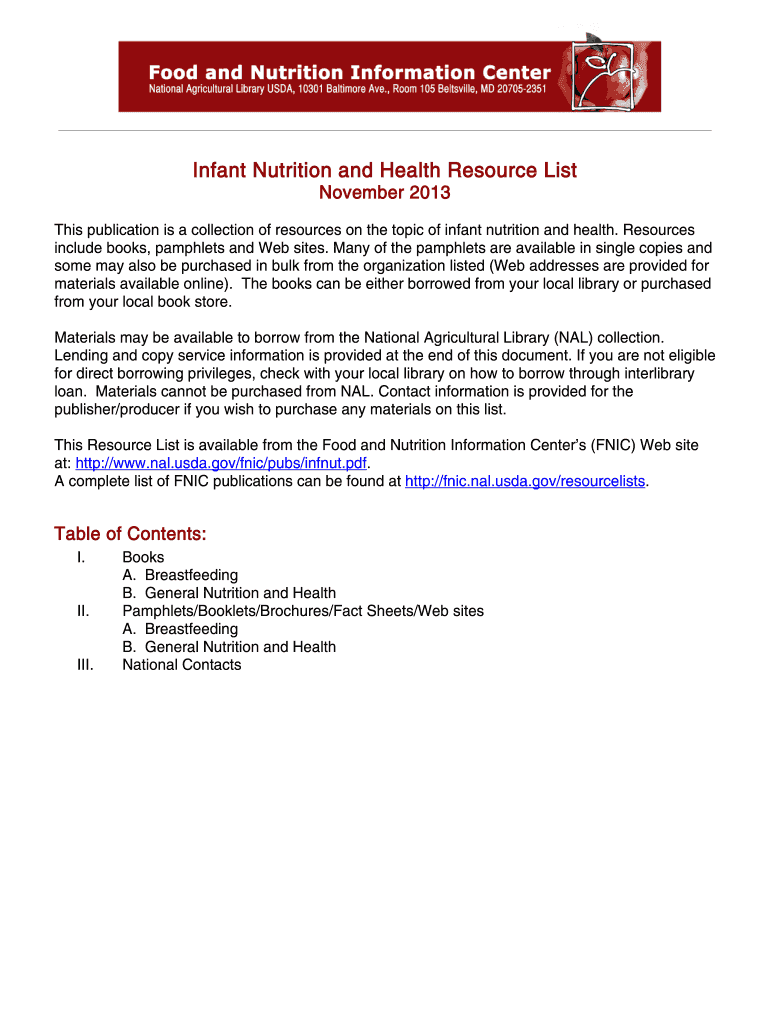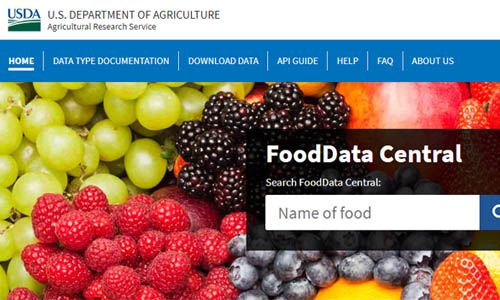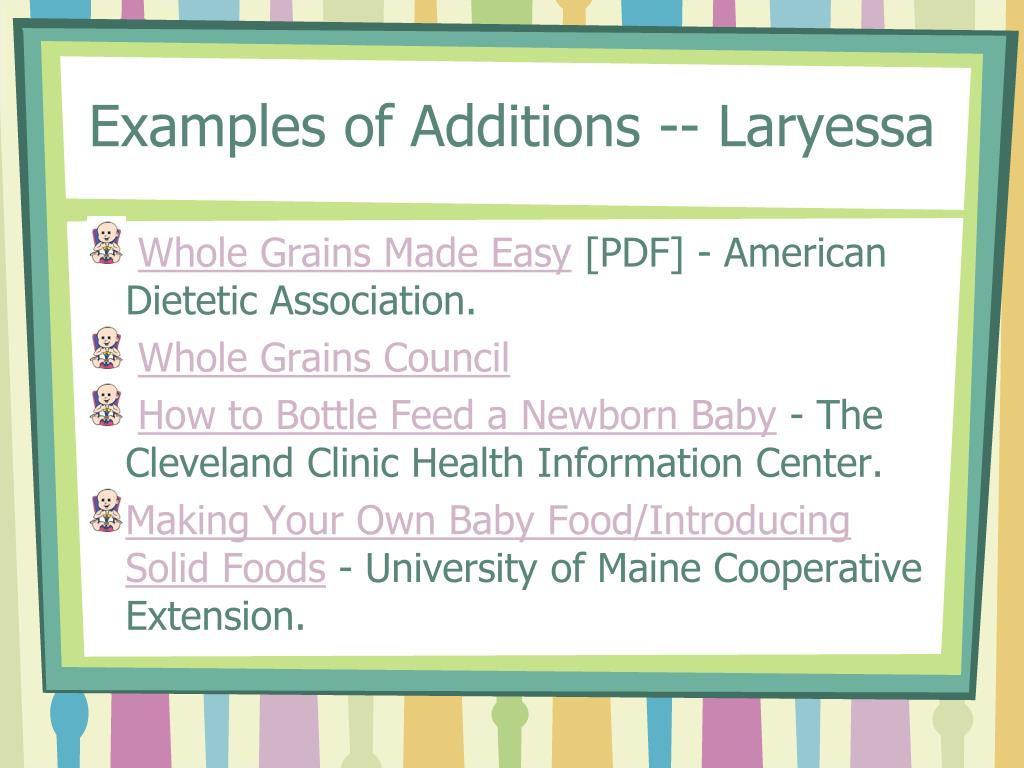Food And Nutrition Information Center – Understand the vital nutrition facts of Food And Nutrition Information Center. Whether you’re health-conscious, knowing the nutritional breakdown of Food And Nutrition Information Center is crucial.
Caloric Value & Nutrient Content
- Total Energy: May differ based on ingredients.
- Carbs: Amount may vary.
- Dietary Fiber: Supports gut health.
- Sugars: May include natural or refined sugars.
- Amino Acids: Essential for muscle growth.
- Lipid Profile: Includes different types of fats.
- Unhealthy Fats: Should be consumed in moderation.
- Beneficial Fats: Includes essential fatty acids.
- Artificial Fats: Linked to health concerns.
Micronutrient Content
- Vitamins: May contain essential for overall health.
- Minerals: Contains key for overall well-being.
Composition & Additives
Checking the composition of Food And Nutrition Information Center is beneficial to make better decisions.
- Core Ingredients: Check the packaging for details.
- Processed Content: Be mindful of added chemicals.
- Allergen Information: May contain nuts, dairy, gluten.
Good & Bad Aspects
Potential Advantages
- Supports better digestion.
- Strengthens energy levels.
Possible Downsides
- Contains significant amounts of unhealthy fats.
- Avoid if you have food allergies.
Optimal Consumption Methods
To maximize Food And Nutrition Information Center, try these eating tips:
- Best served a snack.
- Combines well with healthy food choices.
- Ideal for a snack as an afternoon pick-me-up.
Similar Products
Looking for a different option? Check out these alternatives:
- Healthier Alternatives: Consider less processed options.
- How It Stacks Up: In comparison with [Another Product], Food And Nutrition Information Center offers different ingredients.
Conclusion
In summary, Food And Nutrition Information Center remains part of a balanced diet with proper portion control. Make healthy choices for a healthier lifestyle.


